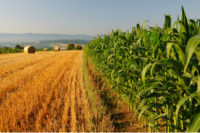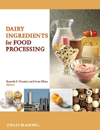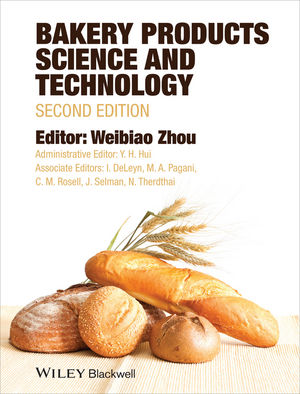Ohio farmer Rob Joslin isn’t taking chances with his corn seed, though seed suppliers assure that there is enough seed supply available after this summer's devastating drought. Joslin grows corn and soybeans in western Ohio. He began buying seed in August, months earlier than usual, to lock in the best-yielding varieties. Farmers are "concerned about getting their seed varieties, especially corn," says Joslin. "It may not be there come Dec. 1."
Emerging from one of the worst droughts in more than half a century, U.S. farmers are scrambling to get the best corn seed they can this year to ensure they plant a bumper crop next spring. Their success could be pivotal in keeping food prices stable across the globe.
Two of the nation's leading seed companies saw the risk of a shortage coming and boosted seed imports by up to 20% to guarantee supplies. Planning to plant a massive number of acres of corn for a second year, farmers want to avoid last year's struggles to find some top-performing varieties that became scarce after the bad weather reduced production. The drought cut harvests again this year, which account for one-third of global corn exports, and lifted corn prices to record highs, squeezing livestock producers who use the crop for feed and companies that produce ethanol.
At the height of the price surge this summer, fears surfaced of a devastating food crisis like that in 2007/2008 when riots broke out in some countries and the ranks of the chronically hungry ballooned by 75 million, according to United Nations Food and Agriculture Organization data. However, seed supplies are sufficient this year, say sellers like DuPont Pioneer and Monsanto, which dominate the $12-billion agricultural seed business in the U.S. Companies say expanded corn plantings compensated for yields that were down 25% or more, and they cite timely rains in certain areas for helping avoid severe crop losses.
Source: www.reuters.com








